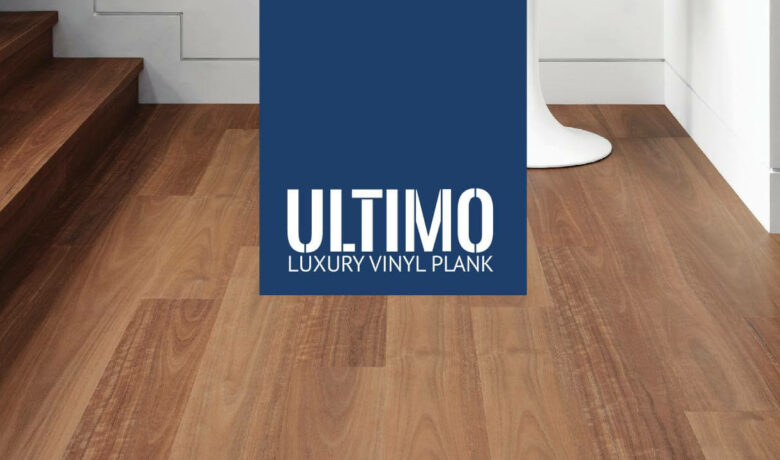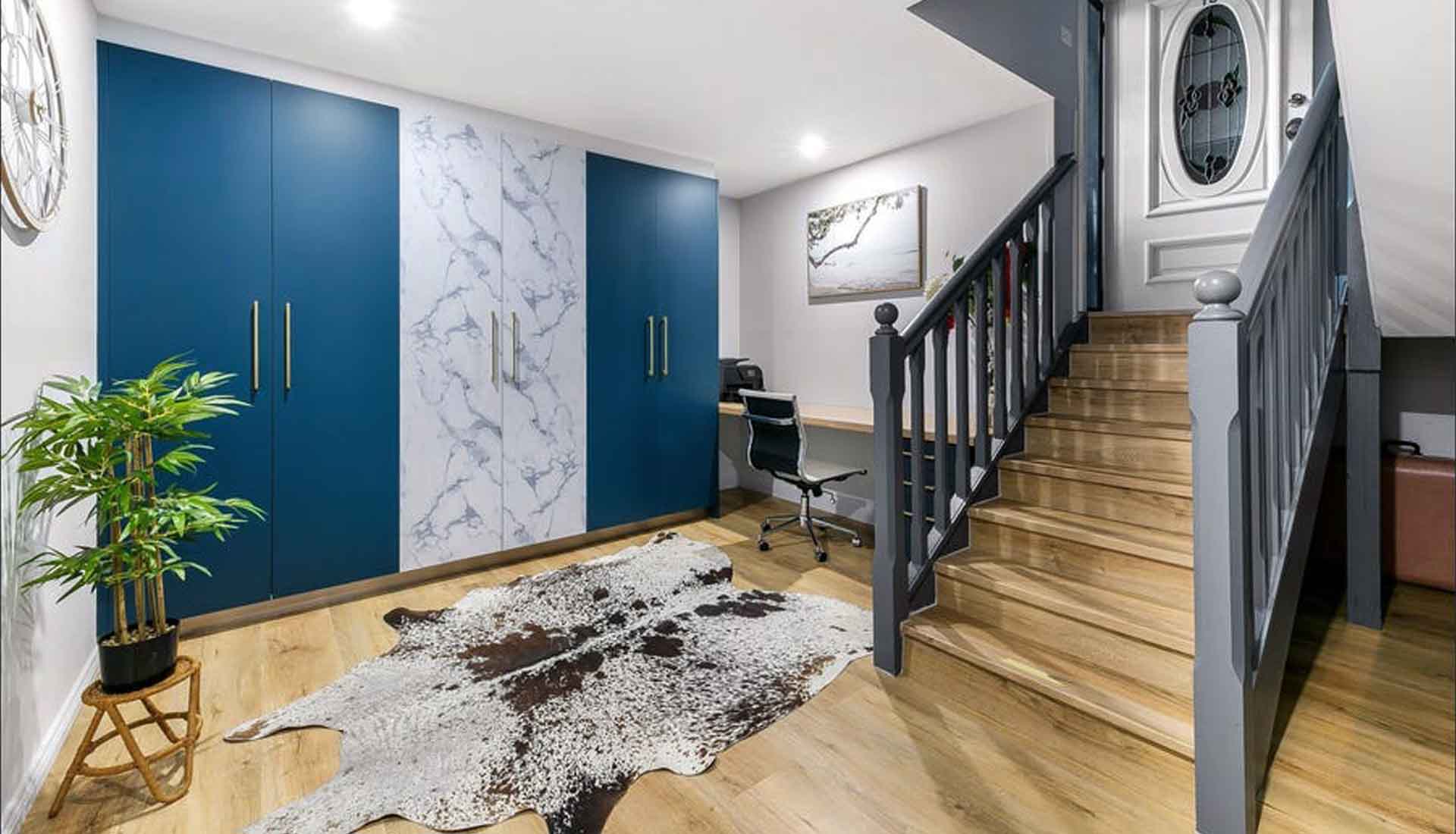When it comes to home renovations, flooring is often a significant investment. Many homeowners dream of the warm, classic look of timber flooring but are deterred by the high costs associated with natural timber.
Enter vinyl planks—a cost-effective flooring solution that offers the aesthetic appeal of timber-look vinyl without breaking the bank.
In this article, we will describe what Vinyl Planks and flooring bring to the table and their benefits for not just homes, but vinyl is a great option for hospitality and offices where there is plenty of foot traffic.
Secondly, we will look at its composition and also the manufacturing process that is applied in Australia. So let’s take a look.
A Realistic Timber Look
One of the primary advantages of vinyl planks is their ability to closely mimic the appearance of natural timber. Thanks to advancements in printing and manufacturing technologies, timber-look vinyl can replicate the intricate grains and textures of various wood species, including oak, maple, and walnut.
This means you can achieve the timeless elegance of timber in your home, without the hefty price tag.
Cost-Effective Flooring Solution
Vinyl planks are a cost-effective flooring alternative to natural timber. Not only are they more affordable to purchase and install, but they also tend to have lower long-term maintenance costs.
Timber flooring often requires regular sanding, polishing, and sealing to maintain its appearance and durability. In contrast, timber look vinyl is resistant to scratches, dents, and stains, making it a low-maintenance option that retains its beauty for years.
Versatility in Design and Application
Another significant advantage of vinyl planks is their versatility. They are available in a wide range of colours, styles, and patterns, allowing homeowners to choose the perfect timber alternatives that suit their interior design preferences.
Whether you’re aiming for a rustic, contemporary, or traditional look, vinyl planks can cater to your needs.
Additionally, vinyl planks can be installed in various areas of the home where natural timber might not be suitable.
For instance, they are an excellent choice for moisture-prone areas like kitchens, bathrooms, and basements, where timber would typically be at risk of warping or swelling.
This versatility makes vinyl planks an ideal flooring option for every room in the house.
Durability and Comfort
When comparing vinyl vs. timber, durability is a key consideration. While timber flooring can be prone to wear and tear over time, vinyl planks are designed to withstand heavy foot traffic and daily use.
They are constructed with multiple layers, including a wear layer that protects against scratches and scuffs. This makes vinyl planks particularly suitable for households with pets and children.
In addition to durability, vinyl planks also offer a comfortable and quiet underfoot experience. Many vinyl planks come with a cushioned backing that provides added comfort and reduces noise, making them a practical choice for busy households and apartment living.
Environmental Impact
For environmentally conscious homeowners, vinyl planks present a more sustainable choice compared to natural timber. The production of vinyl planks typically involves less deforestation and resource consumption than timber harvesting.
Furthermore, many manufacturers now offer eco-friendly vinyl planks made from recycled materials, contributing to a lower environmental footprint.
Ease of Installation
Another noteworthy benefit of vinyl planks is the ease of installation. Unlike timber flooring, which often requires professional installation, vinyl planks can be a DIY-friendly project.
They are available in click-lock and peel-and-stick formats, simplifying the installation process and reducing labour costs. This means you can transform your space more quickly and affordably.
Composition of Vinyl Plank Flooring
Vinyl plank flooring is composed of several layers, each serving a specific purpose to ensure durability, stability, and aesthetic appeal.
Here’s a breakdown of the typical layers:
- Wear Layer: This is the topmost layer of the vinyl plank, responsible for protecting the floor against scratches, stains, and scuffs. It’s made of clear vinyl and can range from 4 to 40 mils thick. A thicker wear layer provides better protection, making it ideal for high-traffic areas.
- Printed Film Layer: This layer gives the vinyl plank its realistic wood-like appearance. Advanced printing technologies allow for detailed wood grain patterns and textures, making timber look vinyl highly authentic.
- Core Layer: The core layer provides the structure and stability of the plank. It’s typically made from materials like limestone or wood-plastic composite (WPC), which offer strength and durability.
- Backing Layer: This bottom layer adds cushioning and sound absorption, enhancing comfort and reducing noise. It also helps with the installation process, ensuring the planks stay securely in place.
Manufacturing Process in Australia
The manufacturing process of vinyl plank flooring in Australia involves several key steps:
- Material Preparation: The primary material used in vinyl plank flooring is polyvinyl chloride (PVC). This strong plastic material is sourced and prepared for the manufacturing process.
- Extrusion: The PVC is melted and extruded into a continuous sheet, which forms the base layer of the vinyl plank. This process ensures uniformity and consistency in the material.
- Printing: The printed film layer is created using advanced printing techniques, such as rotogravure printing. This allows for intricate wood grain patterns and textures, giving the vinyl plank its realistic timber look.
- Lamination: The printed film layer is laminated onto the core layer, creating a strong bond between the layers. This step ensures the durability and stability of the plank.
- Curing: The laminated sheets are then cured under heat and pressure to enhance their strength and resilience. This process ensures that the vinyl planks can withstand heavy foot traffic and daily use.
- Cutting and Shaping: The cured sheets are cut into individual planks, which are then shaped to include the tongue-and-groove system for easy installation. This step ensures that the planks fit together seamlessly.
- Quality Control: Each batch of vinyl planks undergoes rigorous quality control checks to ensure they meet the highest standards of durability and appearance. This includes testing for wear resistance, colour consistency, and overall quality.
- Packaging and Distribution: Once the planks pass quality control, they are packaged and prepared for distribution to retailers and customers across Australia. This ensures that the final product reaches consumers in perfect condition.
OVERVIEW
Vinyl plank flooring offers a cost-effective and durable alternative to natural timber, with a manufacturing process that ensures high quality and performance. By understanding the composition and manufacturing process, homeowners can make informed decisions when choosing flooring options for their homes.
SUMMARY
Vinyl planks offer an attractive, cost-effective flooring solution that can successfully mimic the look of natural timber. With their realistic appearance, durability, versatility, and ease of installation, timber look vinyl stands out as a smart choice for homeowners looking to achieve the beauty of timber without the associated costs. When weighing vinyl vs. timber, it’s clear that vinyl planks provide a stylish and practical alternative for modern living spaces.


